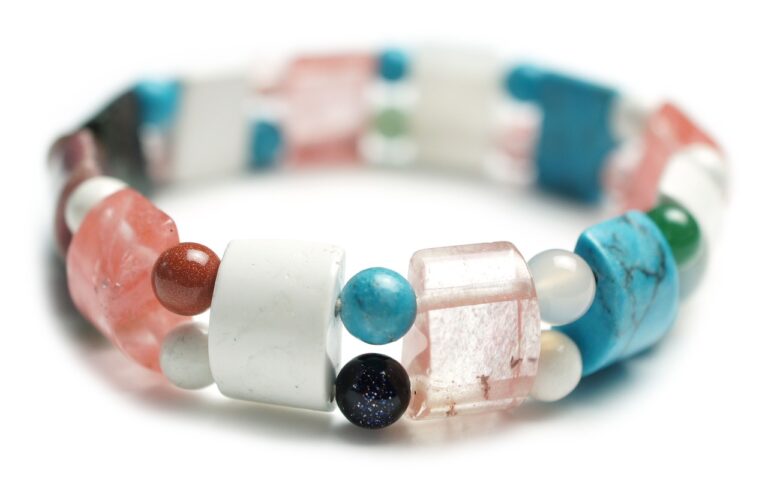Fashion and Nature: How Environmental Factors Influence Style Trends
When we look at the intricate color palette of nature, we can see how it influences fashion trends in ways we might not initially realize. The soft pastel hues of a sunrise, the rich earth tones of a forest, or the vibrant shades of a tropical sunset all have the power to inspire designers in creating collections that reflect the beauty of the natural world.
Fashion houses often draw from the diverse landscapes around the globe to create color schemes that resonate with consumers. Whether it’s the cool blues of the ocean or the warm yellows of a desert oasis, incorporating nature’s colors into fashion allows people to feel connected to the environment in a visually appealing way. By mirroring the natural world in their designs, fashion brands not only stay on-trend but also promote an appreciation for the beauty that surrounds us.
Incorporating Sustainable Materials into Fashion Design
Sustainable materials have increasingly become a focal point in the realm of fashion design. Designers are looking towards eco-friendly alternatives to traditional materials, aiming to reduce the environmental impact of their creations. Bamboo, organic cotton, hemp, and recycled polyester are just a few examples of sustainable materials making their way into fashion collections.
The shift towards sustainable materials in fashion design is not only driven by environmental concerns, but also by consumer demands. As more awareness is raised about the harmful effects of traditional manufacturing processes, consumers are seeking out brands that prioritize sustainability. By incorporating these eco-friendly materials into their designs, fashion brands are not only meeting consumer expectations but also contributing to a more sustainable industry as a whole.
The Impact of Climate Change on Clothing Choices
Climate change is influencing the way consumers view their clothing choices. As extreme weather patterns become more common, individuals are rethinking their wardrobes to align with sustainability. This shift in mindset has led to a rise in demand for ethically made garments that prioritize environmental conservation.
Moreover, the fashion industry is facing pressure to reduce its carbon footprint in response to the changing climate. Designers are increasingly exploring innovative techniques and materials that have a lower impact on the environment. With more emphasis placed on sustainability, consumers are gravitating towards brands that value eco-friendly practices in their production processes.
How does climate change affect clothing choices?
Climate change can impact clothing choices by influencing the types of materials used, the color palettes chosen, and the overall design of clothing to adapt to changing environmental conditions.
Why is it important to incorporate sustainable materials into fashion design?
Incorporating sustainable materials into fashion design helps reduce the environmental impact of the fashion industry, as well as promotes ethical practices and longevity in clothing production.
How are natural landscapes related to color palettes in fashion trends?
Natural landscapes often inspire color palettes in fashion trends, as designers draw inspiration from the colors found in nature to create visually appealing and harmonious clothing collections.







